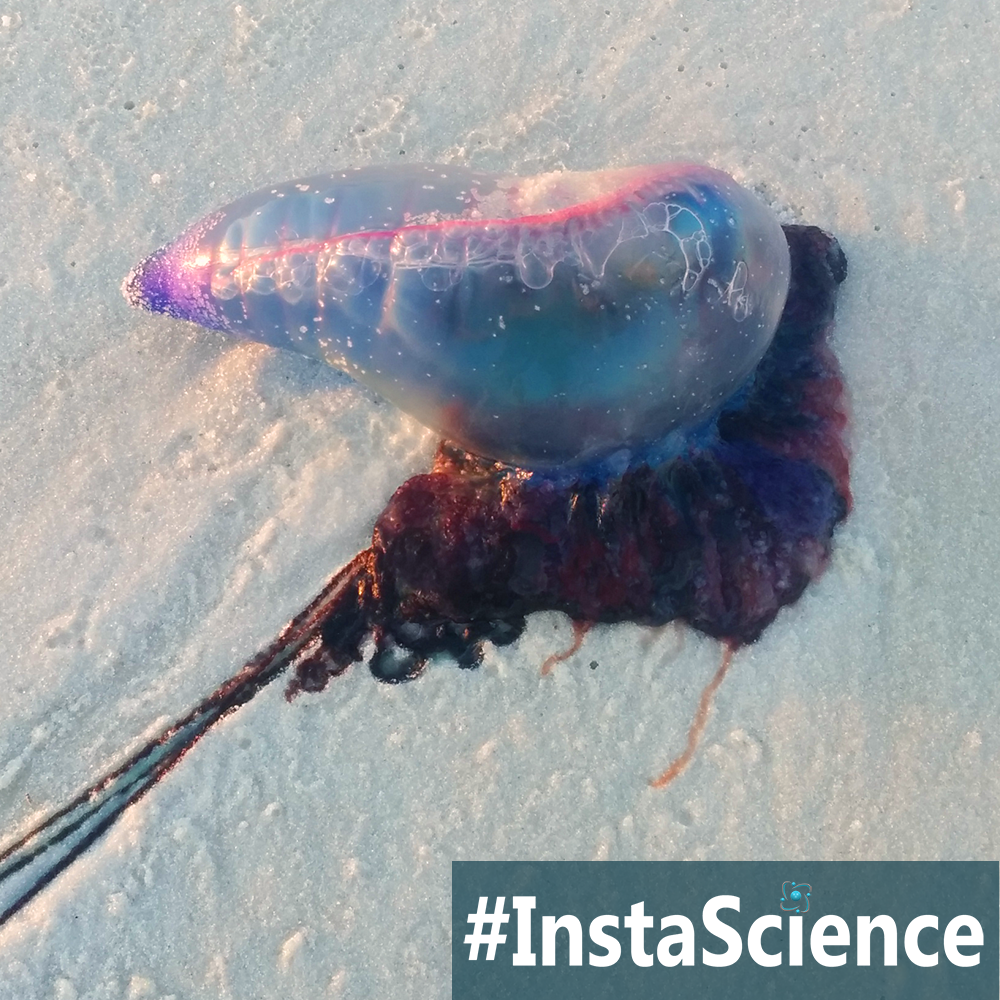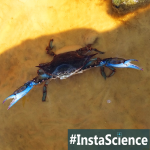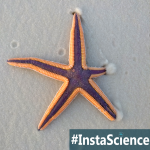
When I was a kid my dad sold boats for a living, which meant that we got to spend a fair amount of time during the summer out on the water. By August, the bay was so packed with jellyfish that swimming was like running the gauntlet. It was during those days that I developed a healthy respect for the jellyfish and quickly learned that meat tenderizer does not really help with a jellyfish sting!
Jellyfish don’t purposely sting humans, instead their stingers are meant for their prey, which they paralyze before eating them. They have a bell- or bag-shaped body where their mouths are located. Their tentacles that hang down from their “heads” and are often covered with singer cells.
Some jellyfish float along with the currents, while others can propel themselves along by squirting out water from their mouths. All jellyfish are invertebrates, which means they do not have a backbone, like we do. These invertebrates can range in size from as small as your thumbnail to as large as a human.
Fun Fact – The jellyfish is almost totally made of water and has no bones, noses, ears, or hearts!
Teaching Science at Home
Want to learn more about jellyfish? Check out the following articles:
- Check out more fun facts about jellyfish here.
- Learn the classifications of jellyfish and its overview here.
- No brains, no heart, and no blood, but jellyfish can dance. Watch the Dance of the Jellyfish.
Related Homeschool Science Activities
Keep the learning going with these science activities!
- Simple and fun Jellyfish in a Bottle activity from Growing a Jeweled Rose.





Join the Community!